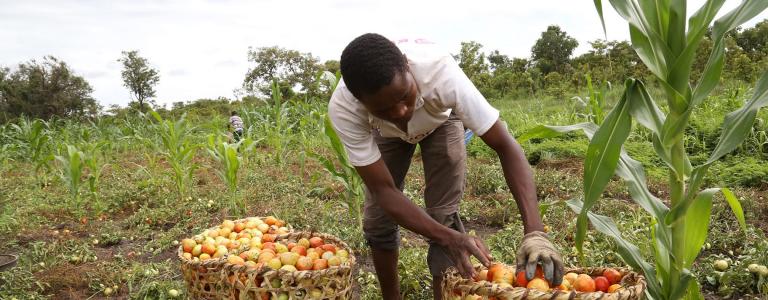Maintaining Peace While Building Climate Resilience: Lessons from the Central African Republic
Our NAP Global Network team interviews Mariam Amoudou Sidi, gender and climate change focal point for the Central African Republic’s national adaptation plan (NAP) team and manager of Studies on Climate Change Adaptation for the National Climate Coordination team at the Ministry of Environment and Sustainable Development.
This article was originally published by the National Adaptation Plan (NAP) Global Network, whose secretariat is hosted by IISD, and is republished with permission.
The Central African Republic (CAR) has a long history of chronic instability and conflict. Years of violence culminated in the outbreak of civil war in 2013; in the ensuing conflict between government forces and non-state armed groups, thousands lost their lives and a third of the population was displaced.
A fragile peace was forged in 2016, and after presidential and legislative elections, a political transition began slowly building capacities and stability within the government. For peacebuilding progress to continue, stakeholders must work to address key conflict risks and vulnerabilities, including the harmful effects of climate change that can undermine livelihoods, threaten food security, limit resources, and destroy homes.
“Though no easy task, integrating climate adaptation considerations into peacebuilding plans and post-conflict development agendas is crucial for the long-term viability of both,” said Alec Crawford, Director, Nature for Resilience at the International Institute for Sustainable Development (IISD).
Integrating Conflict Management and Planning for the Impacts of Climate Change
There are multiple tasks at hand for the country’s government. In addition to national reconciliation and peacebuilding efforts, alongside preparing for climate change, the government also needs to restore important economic sectors that were damaged by armed conflicts, including the agricultural, forestry, and mining sectors. The National Adaptation Plan (NAP) process can help restore these critical sectors, build their resilience to the effects of climate change, and manage the risks of renewed conflict.
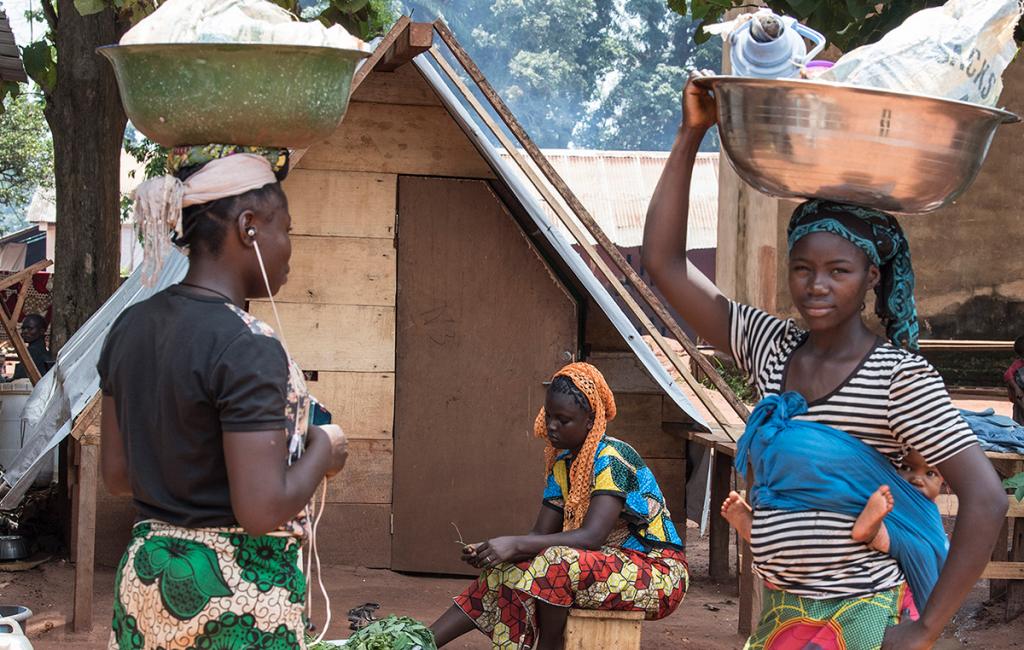
In 2022, the government officially launched the country’s first NAP document, prepared with support from the United Nations Development Programme and United Nations Environment Programme (UNDP-UNEP) NAP Global Support Program. The NAP sets out a vision for strengthening governance, building capacities, managing knowledge and data, and mobilizing finance for adaptation, among other aims. The Central African Republic also developed an analysis for integrating gender considerations in the NAP process under the framework of the Central African Republic’s National Policy for the Promotion of Equality and Equity.
As the gender and climate change focal point for the Central African Republic’s NAP team and manager of Studies on Climate Change Adaptation for the National Climate Coordination team at the Ministry of Environment and Sustainable Development, Mariam Amoudou Sidi provides further insights into the Central African Republic’s NAP process and its links to the country’s peacebuilding agenda.
When and how was peacebuilding introduced in the development of the Central African Republic’s National Adaptation Plan?
Conflicts are rooted in the intolerable living conditions of the populations, which are themselves the result of an unequal and inequitable distribution of the resources that most countries in the sub-region have (and often lack). As climate change threatens our natural resources, adapting to its effects is crucial to preventing future conflicts.
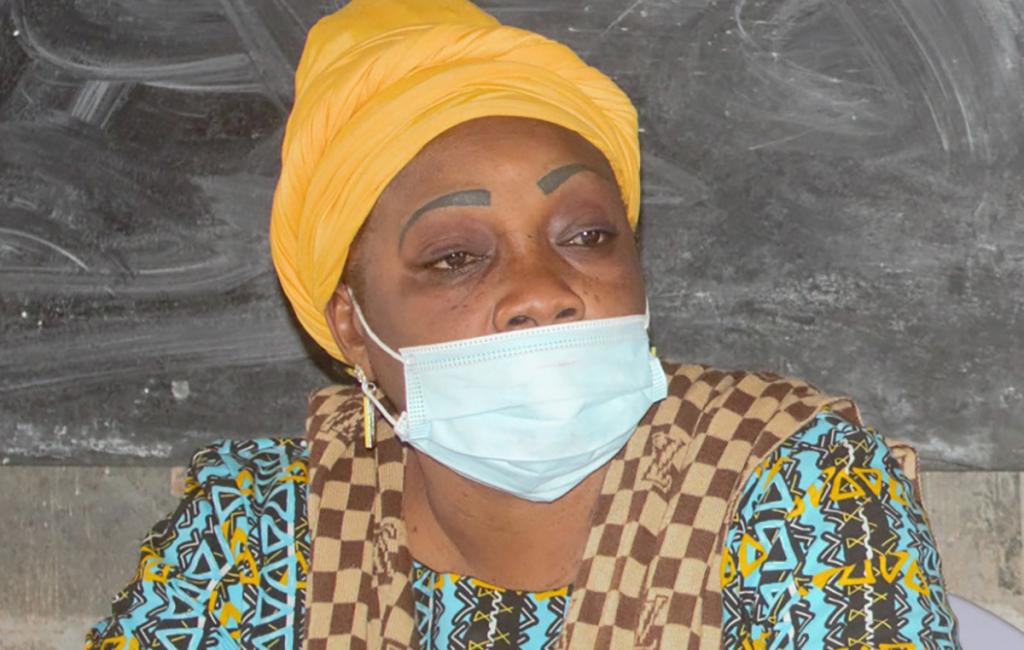
Development problems are therefore likely to increase if authorities do not integrate peacebuilding and adaptation at their level of governance. The formulation of the NAP includes data collection activities with local authorities, the population, and key economic sectors—which we held in Mbaïki, Lobaye. Initially, we found that the difficulties lay in mobilizing sectoral departments and organizations because, in their policies and strategies, they had not taken climate change into account—let alone adaptation. After several working sessions, meetings, and awareness-raising initiatives, they soon realized that climate change remains a threat to development and poverty eradication in every sector and community.
How does the government consider conflict and fragility in its broader NAP processes?
We are trying to create synergies between peacebuilding and adaptation to climate change. The Central African Republic’s development vision is defined in the National Plan for Recovery and Peacebuilding in the Central African Republic (RCPCA) as well as in the sectoral development strategies—which are in line with the Sustainable Development Goals. Several crosscutting objectives included in the NAP were also deemed essential to addressing the factors of fragility, conflict, and violence. These include:
- Addressing regional imbalances and promoting gender equality
- Strengthening transparency and accountability at all levels
- Increasing national capacity (civil service and civil society)
- Promoting youth inclusion
- Ensuring environmental sustainability and the sustainable use of natural resources.
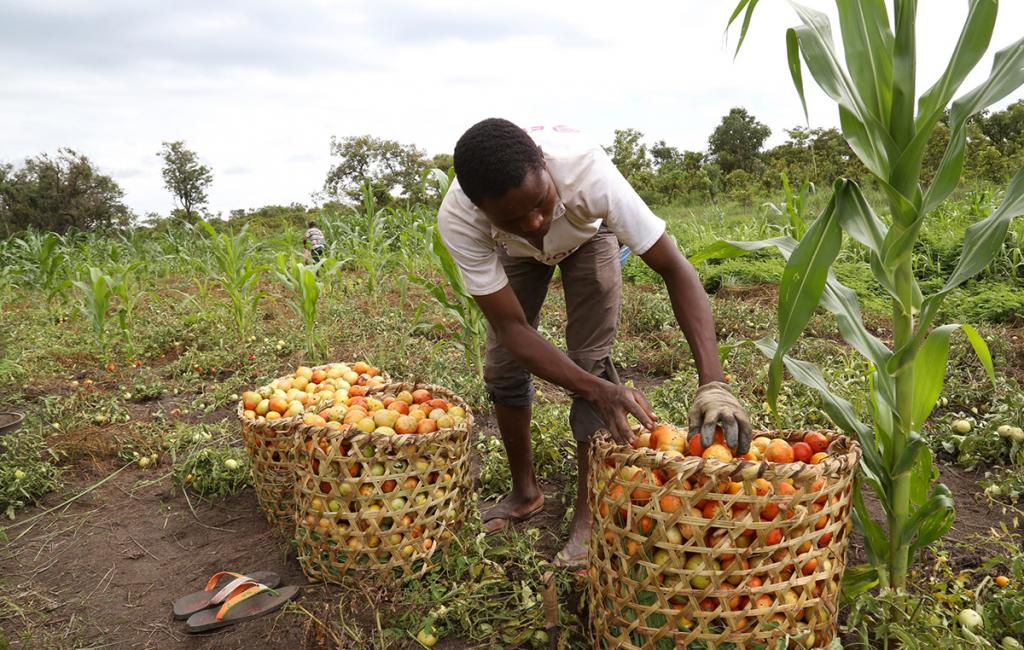
What is the Central African Republic’s biggest challenge today in developing and implementing its NAP?
Funding. Adaptation activities were not included by the government in its finance law, and we are therefore counting on donors and international organizations to help us, including the NAP Global Network. Today, this remains our main focus.
What guidance can you offer future NAP teams for the planning and implementation of adaptation actions in fragile and conflict-affected states?
The concept of adaptation must, at all costs, be integrated into all programs, projects, and policy documents. We propose to hold a high-level dialogue on adaptation to get the message across that adaptation to climate change is one of the sustainable solutions to conflicts.
We propose to hold a high-level dialogue on adaptation to get the message across that adaptation to climate change is one of the sustainable solutions to conflicts.
As with all NAP processes in conflict-effected areas, we must work to involve all levels of society in decision making, avoid inequalities, prohibit the marginalization of minority populations, consider the gender dimension, and carry out activities that support the lives and livelihoods of populations affected by the political-military crisis. All stakeholders (women, civil society organizations, national institutions, etc.) must take ownership of the NAP.
This requires a lot of awareness-raising aimed at changing the population’s mentalities—for example, mobilizing young people to take up farming instead of weapons. We are going to put in place a policy of widening access to schooling for young people and sensitize farmers and herders so that together they can show solidarity in dealing with the impacts of climate change and consolidate peace.
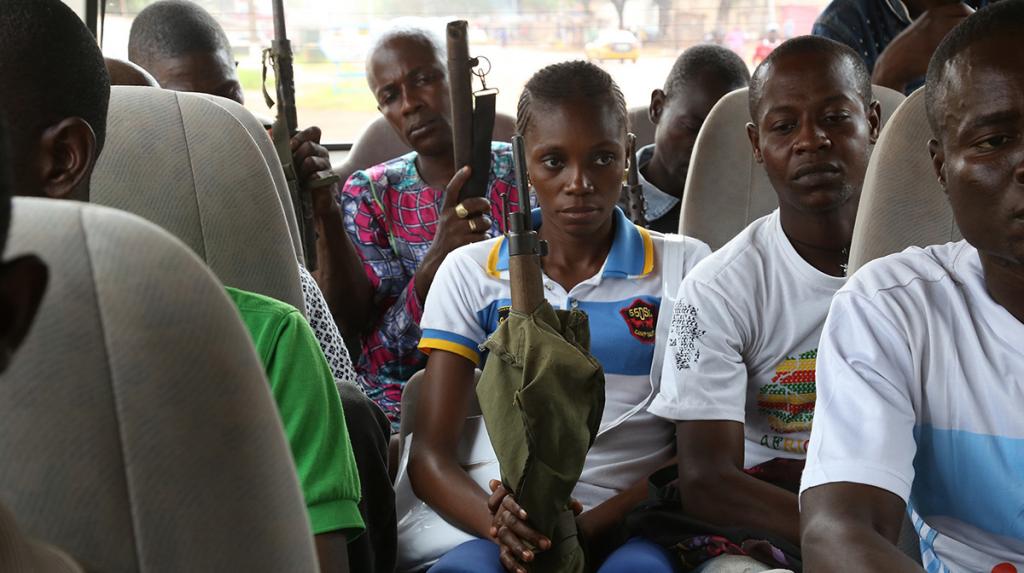
Upcoming NAP Guidance to Support Fragile States
Along with lessons and experiences provided by NAP focal points in other fragile states, Amoudou Sidi’s insights on the Central African Republic’s NAP process and related peacebuilding efforts will be distilled into a larger guidance document developed by the NAP Global Network Secretariat.
This guidance will support fragile states in the planning and implementation of adaptation actions that both address climate vulnerabilities and support national peacebuilding objectives. It will soon be added to the NAP Global Network’s Resource Library.
You might also be interested in
Peace, Conflict, and National Adaptation Plan Processes
How can we do more to consider peace and conflict dynamics in climate change adaptation? Read our new guidance note to effectively initiate NAP processes while navigating conflict dynamics.
Progress on Vertical Integration in National Adaptation Plan Processes
This synthesis report presents an analysis of how countries are advancing vertical integration in national adaptation plan processes.
Four Key Elements to Ensure a Successful Global Goal on Adaptation
As the final rounds of negotiations on the GGA kick off at COP 28, a looming question remains: Will it be comprehensive enough for countries to implement in the years ahead?
Public Engagement on Climate Change Adaptation
This report provides an introduction to public engagement on climate change adaptation for decision-makers involved in leading national adaptation plan (NAP) processes.
